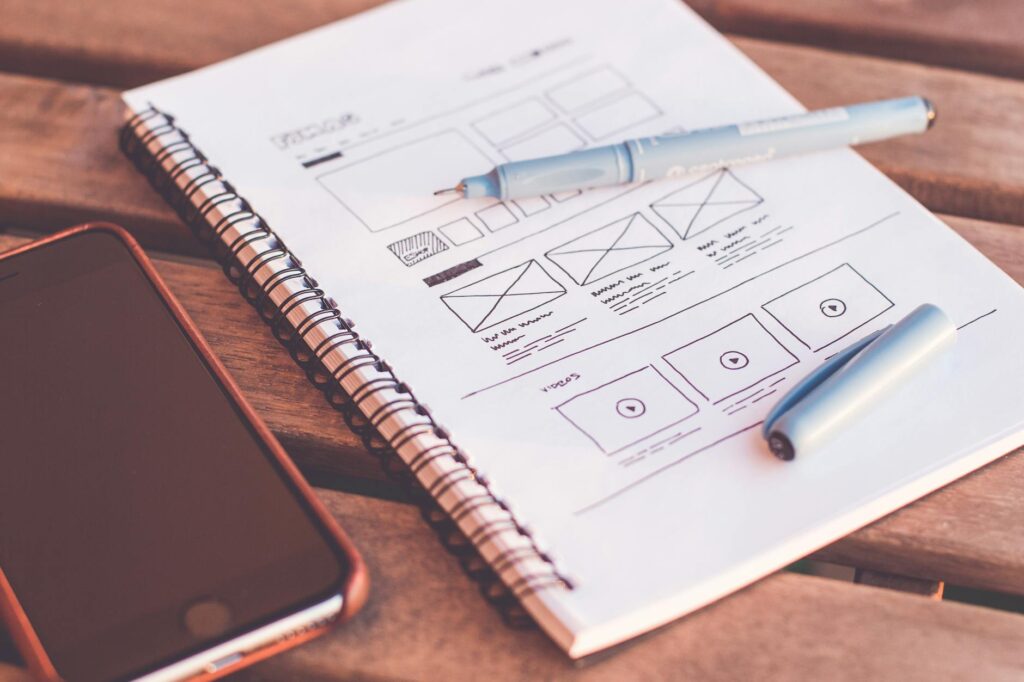Designing for Accessibility: Inclusive Solutions for a Diverse Audience


In the ever-expanding digital landscape, creating designs that cater to diverse user needs is not just a best practice; it’s a moral imperative. In this article, we’ll delve into the crucial aspects of designing for accessibility, exploring inclusive solutions that ensure a broad and diverse audience can engage with digital content seamlessly.
Significance of Designing for Accessibility
Designing for accessibility is about making digital content and experiences usable for everyone, regardless of their abilities or disabilities. This approach ensures that technology is inclusive and embraces diversity, fostering equal access and participation.
Inclusive Design Principles
Inclusive design principles guide the creation of products and experiences that consider the widest range of users. Some key principles include:
1. Flexibility: Designing solutions that can adapt to various user needs and preferences.
2. Simplicity: Keeping designs simple and straightforward to enhance usability for everyone.
3. Clarity: Ensuring that information and interactions are presented in a clear and understandable manner.Web Content Accessibility Guidelines (WCAG)
The WCAG provides a comprehensive set of guidelines to make web content more accessible. Adhering to these guidelines ensures that websites are designed with inclusivity in mind, covering aspects such as perceivability, operability, and understandability.
Addressing Diverse User Needs
Accessibility is not a one-size-fits-all solution. Designers must consider a wide range of needs, including visual, auditory, motor, and cognitive requirements. Implementing features like alternative text for images, captions for videos, and keyboard navigation caters to diverse user abilities.
User Testing for Accessibility
Incorporating user testing with individuals who have diverse abilities is integral to designing accessible solutions. Real-world testing provides valuable insights into how users with different needs interact with digital products.
Inclusive Design in Product Development
Inclusive design should be integrated into every stage of the product development process. From ideation to prototyping and testing, considering accessibility ensures that diverse users are considered throughout the design lifecycle.
Benefits of Accessible Design
The benefits of accessible design extend beyond compliance:
1. Expanded Audience: Accessible design broadens the reach of products and services to a larger and more diverse audience.
2. Enhanced User Experience: Accessible features often improve the overall user experience for everyone.
3. Compliance and Legal Considerations: Meeting accessibility standards is increasingly becoming a legal requirement and is viewed as a positive corporate responsibility.Advancing Towards Universal Design
Universal design goes a step further by aiming to create products and environments that are usable by all people, to the greatest extent possible, without the need for adaptation or specialized design. Striving for universal design promotes a truly inclusive approach to digital experiences.
In conclusion, designing for accessibility is not just a checkbox; it’s an ongoing commitment to inclusivity. By embracing inclusive design principles, following accessibility guidelines, and continually seeking feedback from diverse users, designers contribute to a digital landscape that welcomes everyone, regardless of their abilities or disabilities.





